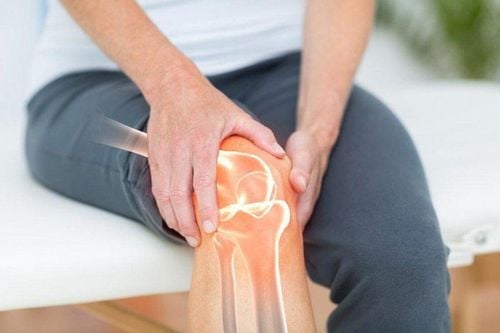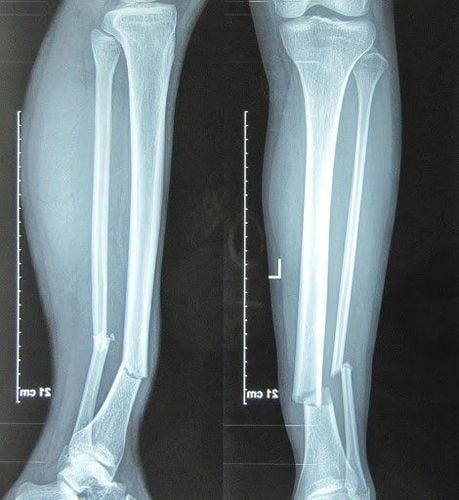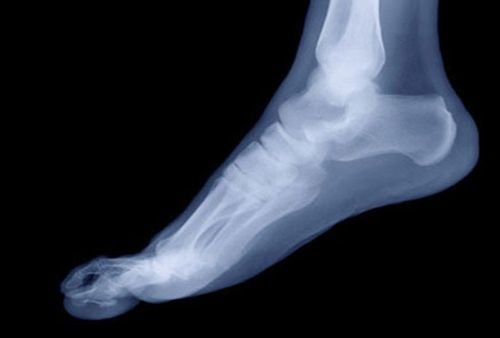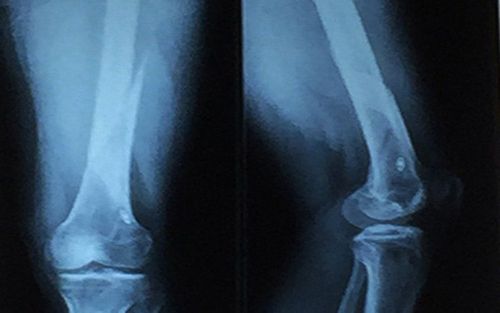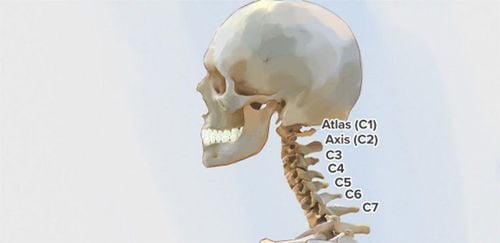This is an automatically translated article.
Synovial tendon sheath giant cell tumor usually originates from the synovial membrane of the joint capsule, tendon sheath and synovial sac... The disease usually progresses slowly and does not cause pain, so patients are often subjective. This can lead to the disease not being detected and treated early.
1. Overview of synovial tendon sheath giant cell tumor
1.1 What is a giant cell tumor of the synovial membrane? Giant cell tumor of the synovial membrane usually originates from the synovial membrane of the joint capsule, tendon sheath and synovial sac,... The disease usually progresses slowly and does not cause pain..
Giant cell tumor Synovial fasciitis is a rare disease. According to statistics in the US in 1980, about 2 out of 1 million people had the disease. Synovial tendon sheath giant cell tumors usually appear between the ages of 25-40 years, usually 30 years of age. However, it still occurs in both children and middle-aged adults. The prevalence of the disease in women is 1.3-1.5 times higher than in men.

Bệnh thường xảy ra phổ biến hơn ở phụ nữ trung niên
1.2 Manifestations of synovial tendon sheath cell tumor synovial cell carcinoma is often presented as a small tumor or an abnormal tissue, tumors are usually limited to a joint area and often Small joints such as the joints of the hands or the feet.
The initial manifestation of the disease is joint swelling but no pain. The tumor grows slowly over time, sometimes painful. These joints are affected and damage surrounding structures. Tumors that develop in three areas of the joint:
Synovial membrane : The thin layer of tissue that lines the inner surface of the joint Synovial: The fluid-filled sac that cushions the tendons and muscles around the joint to avoid friction. Tendon capsule: Is a layer of tissue around the tendon Giant cell tumor surrounding the tendon synovial membrane can be confused with other diseases such as: fibroma, fibroma of tendon sheath, synovial cyst, vascular tumor, tuberculosis joints, synovial cartilage tumors,... The disease usually progresses slowly and does not cause pain, so many people are often subjective and are not detected and treated early.
1.3 Classification Synovial tendon sheath giant cell tumors are divided into 2 types based on their location and growth rate: diffuse giant cell tumor and localized giant cell tumor. Diffuse giant cell tumor: Usually grows quickly and affects large joints such as the knees, ankles, shoulders, elbows, and hips. These tumors are called papillary pigmented nodules Giant cell tumors: Slow-growing, often starting in small joints like the hands.

U tế bào khổng lồ cục bộ bắt đầu trong các khớp nhỏ
1.4 Causes of synovial tendon giant cell tumor synovial tendon giant cell tumor is caused by chromosomal changes.
1.5 Symptoms of synovial tendon sheath giant cell tumor Specific symptoms depend on the type of cellulite. Some common symptoms of these tumors include:
Swelling or a palpable lump in the joint. Stiffness Pain in the joint Swelling, warmth, redness, pain on the skin surface of the joint Joints creaking when moving the joint (joint springs)
2. Diagnosis of synovial tendon sheath giant cell tumor
The diagnosis of synovial tendon sheath giant cell tumor is usually based on a description of symptoms and physical examination. In addition, the patient needs to do some more tests including:
Ultrasound X-ray Magnetic resonance imaging (MRI) Aspiration: Removed from a sample of synovial fluid around the joint Biopsy : Biopsy of tissue in joint
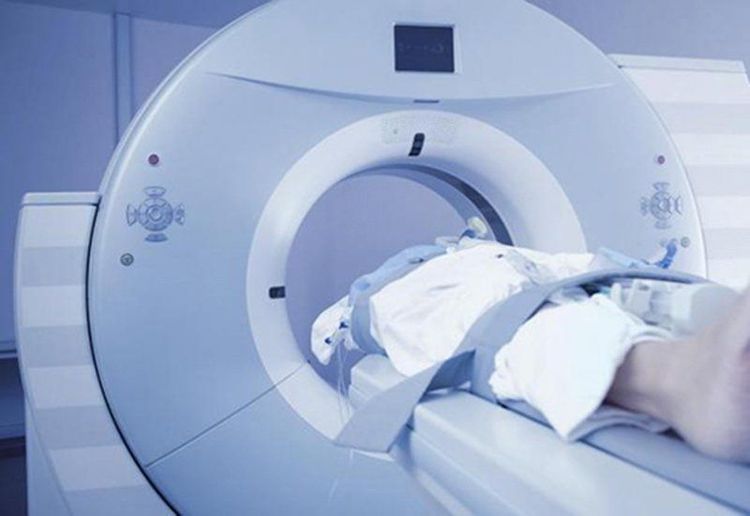
Chẩn đoán bệnh bằng các phương pháp hình ảnh
3. Treatment of synovial tendon sheath giant cell tumor
In people with diffuse synovial giant cell tumor, the tumor may recur repeatedly. Therefore, multiple surgeries are required. People with synovial tendon sheath giant cell tumors may respond to treatment with drugs called CSF1R receptor inhibitors. Blocking the CSF1 receptor may help stop tumor cells from accumulating.
In summary, synovial tendon giant cell tumor is a rare group of tumors occurring in joints, originating from the synovial membrane, synovial capsule, and tendon sheath. The disease usually progresses slowly and the patient is often subjective, so when there are abnormal signs in the joints such as stiffness, joint pain, etc., it is necessary to immediately go to a medical facility for timely examination and treatment.
Any questions that need to be answered by a specialist doctor as well as customers wishing to be examined and treated at Vinmec International General Hospital, you can contact Vinmec Health System nationwide or register online HERE.




